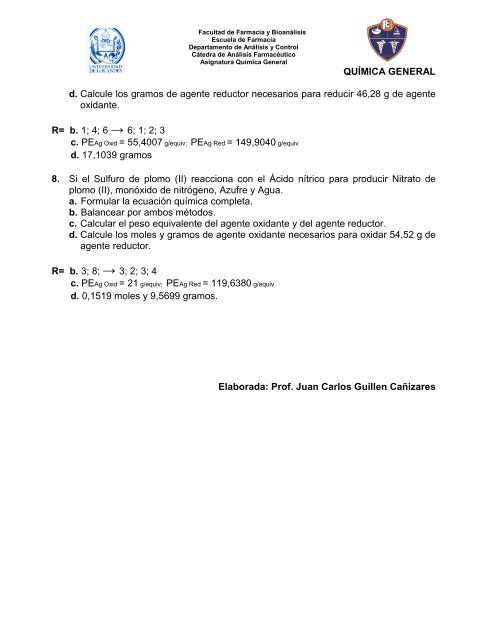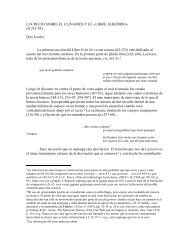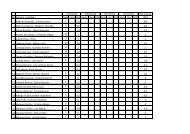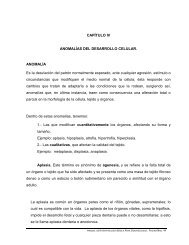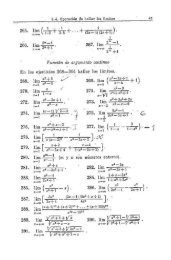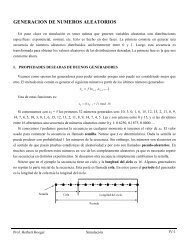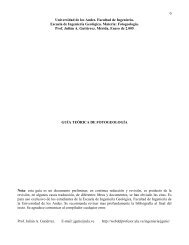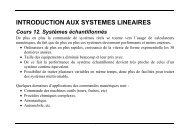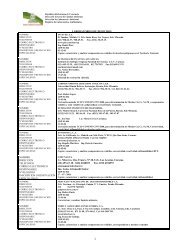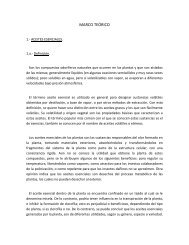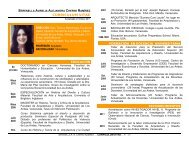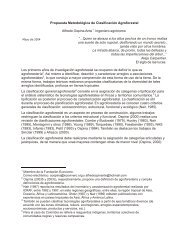Guía de Ejercicios - Web del Profesor
Guía de Ejercicios - Web del Profesor
Guía de Ejercicios - Web del Profesor
You also want an ePaper? Increase the reach of your titles
YUMPU automatically turns print PDFs into web optimized ePapers that Google loves.
Facultad <strong>de</strong> Farmacia y Bioanálisis<br />
Escuela <strong>de</strong> Farmacia<br />
Departamento <strong>de</strong> Análisis y Control<br />
Cátedra <strong>de</strong> Análisis Farmacéutico<br />
Asignatura Química General<br />
QUÍMICA GENERAL<br />
d. Calcule los gramos <strong>de</strong> agente reductor necesarios para reducir 46,28 g <strong>de</strong> agente<br />
oxidante.<br />
R= b. 1; 4; 6 → 6; 1; 2; 3<br />
c. PEAg Oxid = 55,4007 g/equiv; PEAg Red = 149,9040 g/equiv<br />
d. 17,1039 gramos<br />
8. Si el Sulfuro <strong>de</strong> plomo (II) reacciona con el Ácido nítrico para producir Nitrato <strong>de</strong><br />
plomo (II), monóxido <strong>de</strong> nitrógeno, Azufre y Agua.<br />
a. Formular la ecuación química completa.<br />
b. Balancear por ambos métodos.<br />
c. Calcular el peso equivalente <strong>de</strong>l agente oxidante y <strong>de</strong>l agente reductor.<br />
d. Calcule los moles y gramos <strong>de</strong> agente oxidante necesarios para oxidar 54,52 g <strong>de</strong><br />
agente reductor.<br />
R= b. 3; 8; → 3; 2; 3; 4<br />
c. PEAg Oxid = 21 g/equiv; PEAg Red = 119,6380 g/equiv<br />
d. 0,1519 moles y 9,5699 gramos.<br />
Elaborada: Prof. Juan Carlos Guillen Cañizares


